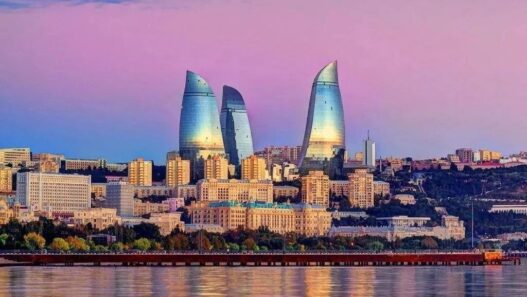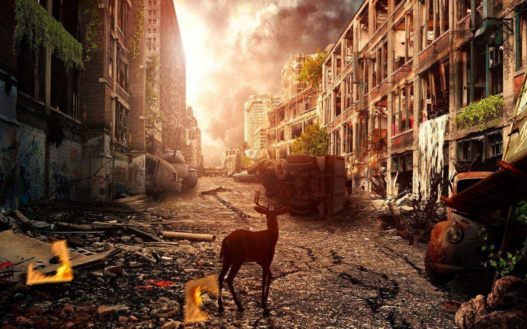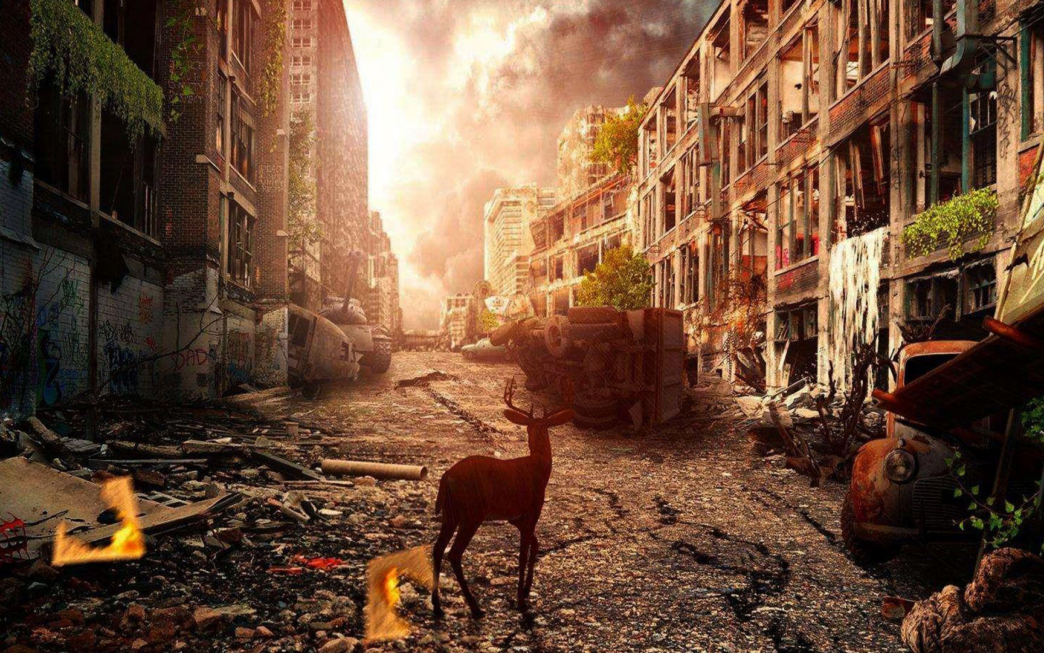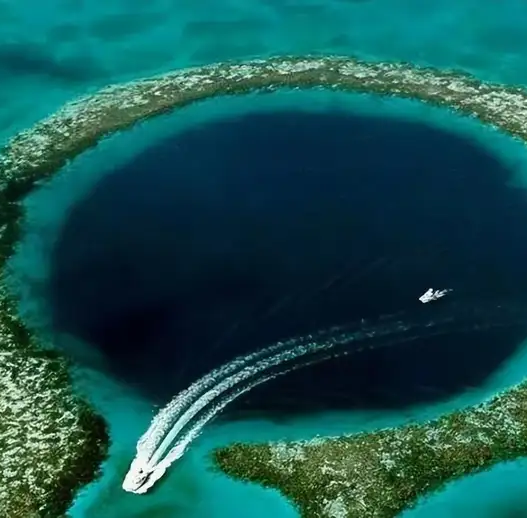1 Day After Humans Disappear
The world boasts an extensive power grid, where lights shine alongside the stars every night, symbolizing modern industrial civilization. However, within hours of humans disappearing, power systems worldwide would begin to fail.
Over 60% of global electricity comes from fossil fuel power plants. As fuel runs out, lights go out across the world.
Nuclear power plants, hydroelectric dams, and wind turbines, which have continuous power sources, still provide light in about 30% of areas.
On the first day of human absence, most animals are unaware of the change.
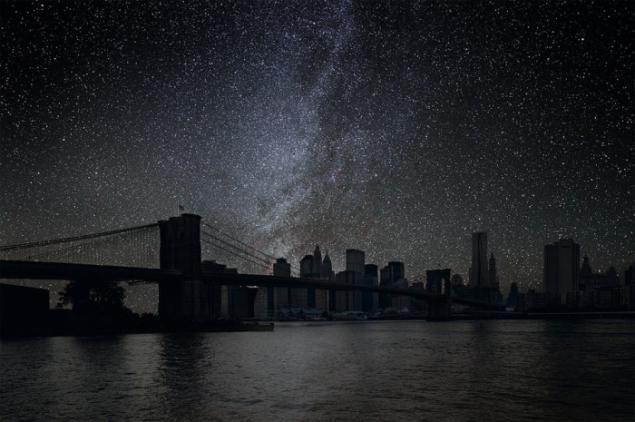
1 Month After Humans Disappear
Without human maintenance, most nuclear power plants, hydroelectric dams, and wind turbines would fail due to mechanical issues.
Nights would grow darker, plunging the world into an endless darkness.
However, in countries with developed water systems, several large hydroelectric dams, like the Three Gorges Dam, would still be operational.
These dams would convert the endless flow of water into electricity, like the last heartbeat of human civilization.
Under normal conditions, major cities’ underground tunnel networks have hundreds of pumps working to extract groundwater, ensuring the tunnels remain dry and functional.
With the depletion of electricity, almost all urban underground tunnels would flood, leading to subsidence and collapse in some areas.
Over the past few decades, cryonics companies, led by Alcor Life Extension Foundation in the US, have frozen many human bodies with the hope of revival when technology advances.
But as most of the electricity vanishes within a month, the liquid nitrogen used to preserve these bodies would warm, causing all bodies to decompose.
Simultaneously, millions of human embryos, sperm, and egg samples stored in institutions worldwide would also thaw and decompose.
Human dreams of immortality are so fragile in the face of nature.
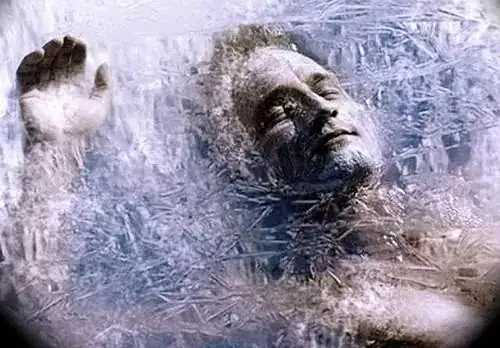
3 Months After Humans Disappear
As food supplies dwindle, the global population of over 600 million dogs would have to fend for themselves. Most would die due to their inability to adapt to the environment.
Cats, with a similar population, would also face mass extinction due to a lack of prey.
Look, it’s a world of dead pets. Their once-cute features, like short legs, long faces, short muzzles, or small bodies, have become their path to extinction.
Rats, often thought to be more adaptable than house pets, would raid kitchens and any food storage areas.
As food runs out, they would gnaw on anything, including clothes, cardboard, and even wooden cabinets.
Eventually, rats would also return to nature, their populations rapidly declining without human food supplies.
Oh, these despised rats, now they too lie dead everywhere.
The International Space Station, a pinnacle of human technology and a bridge to explore the cosmos, would begin to fall after just three months without ground-based calibration and support from spacecraft.
In 2008, DNA from notable figures like Stephen Hawking was digitized and stored in the “Eternity Drive” on the Space Station. With the station’s fall, the immortality project fails.
Meanwhile, 2,000 satellites in the sky, attacked by space debris, would slow down and eventually burn up in the atmosphere, turning into meteors.
What a beautiful meteor shower. If humans were still around to see it, they would surely marvel.
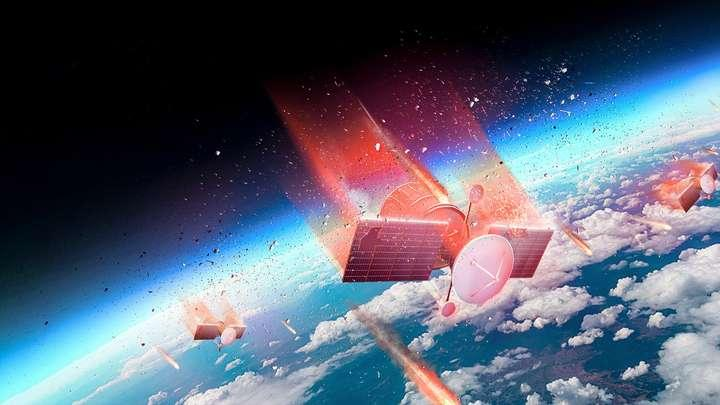
1 Year After Humans Disappear
Human-made dams, proud symbols of engineering, would be overtaken by plants, animals, and fungi, blocking cooling pipes. Without human intervention, generators would overheat and shut down.
The Earth would be without artificial light, and animals would finally realize that humans are gone, forever.
Cities, once steel and concrete wastelands, would start to teem with life.
In the vast urban transportation networks, wherever sunlight reaches, small plants like moss, ferns, and herbs would begin to conquer the city. Even some shrub seeds would take root in cracks.
Cities worldwide, once cold with steel and concrete, would turn green.
Human-prized skyscrapers would start to crumble.
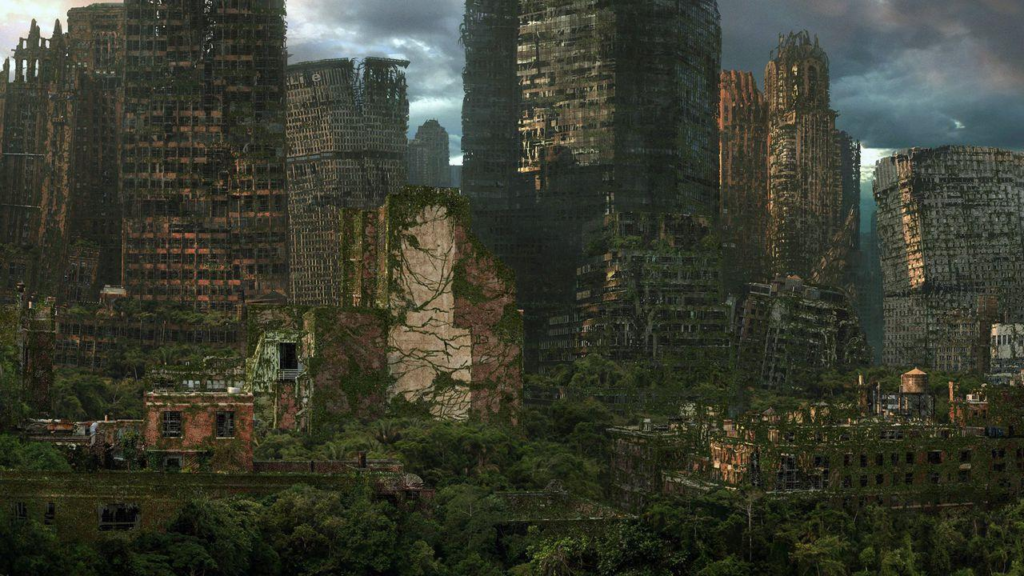
5 Years After Humans Disappear
After five years of plant growth, dandelions would spread throughout the city. Layers of dead grass and moss would form primitive soil layers, and clover would enrich the soil with nitrogen.
In just three years, once-clean asphalt roads would be covered with a shallow layer of fertile soil.
The city would be vibrant, with large vines and trees emerging.
Roots would penetrate cracks in walls, their expansion causing concrete and bricks to fall, even leading to wall collapses.
Over these years, wildfires would frequently occur in forests and cities, engulfing many large structures in flames.
Fires would continue to change the city’s appearance, enriching the soil with burnt materials.
Soon, all urban thoroughfares would be swallowed by greenery. Without human maintenance, ancient structures in places like the Forbidden City would be damaged by vines and moss, and Tiananmen Square would become a sea of green.
Modern cities, once isolated from nature, would return to its embrace.
The city’s appearance would change, increasingly resembling the distant mountains.
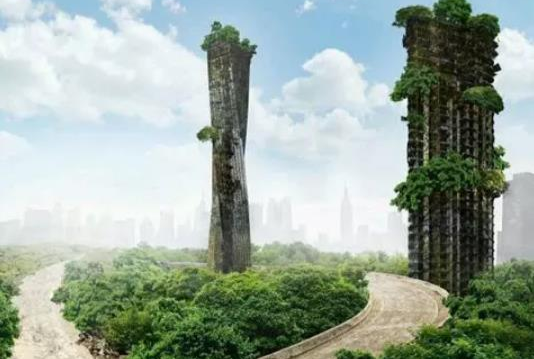
50 Years After Humans Disappear
In cities like Shanghai and Beijing, the once-bustling CBDs, with their proud skyscrapers, would start to crack and crumble without human maintenance.
The steel structures of the Bird’s Nest would decay, its interior overgrown with trees, making it unrecognizable.
Thousands of kilometers away in France, the UK, and Egypt, even mummies preserved for 3,000 years in pyramids would not escape decay in museums, as humidity and temperature equalize, leading to their decomposition by mold and insects, leaving only skeletons.
While concrete structures still stand, wooden structures would be devoured by termites. Some termite species can consume nearly 500 kg of wood in a year.
Without human protection, wooden structures would deteriorate rapidly under the combined effects of microorganisms and air.
Magnificent bridges spanning rivers, once symbols of human engineering, would become fragile after 50 years without maintenance.
Each cable supporting nearly 200,000 pascals of pressure, with 95%-98% iron content, would rust and corrode in the humid environment.
Decades after humans disappear, when a critical point is reached, these cables would snap, causing bridges to collapse.
Without humans, the lifespan of all structures would be significantly reduced.
In the unrecognizable urban landscapes, we might still hear human languages, spoken by 50-year-old parrots.
Human technology seems never to have truly changed nature.

100 Years After Humans Disappear
Cars once cherished by humans, along with the factories that produced them, would be reduced to empty shells. As paint peels, the rate of corrosion exceeds imagination, turning vehicles into unrecognizable scrap metal in less than a century.
Parrots might pass on human language, but it would diminish with each generation.
Even the most durable modern suspension bridges would begin to collapse. Precious historical footage stored in safes would face disaster in less-than-ideal conditions.
Film reels, primarily made of cellulose acetate, would bubble, deform, and ultimately corrode after 100 years due to humidity and temperature.
Data stored on optical discs would last even less than 100 years.
Countless human joys, slowly turning to dust.
Libraries, the ocean of human knowledge, would not escape this catastrophe.
Although some ancient texts in desert tombs could last 2,000 years, in libraries, just 100 years would be enough for fungi to completely invade all books and documents.
Despite the advancement of human technology, we’ve never found a more durable method for preserving information than stone carvings.
200 Years After Humans Disappear
Underground tunnels in cities would turn into subterranean streams, eroding beams and arches, causing concrete to crack and beams to collapse.
Urban streets would start to collapse on a large scale, with skyscrapers covered in vines.
Here, insects, small animals, birds, and snakes would thrive.
Once-bustling metropolises would transform into unprecedented vertical ecosystems, a sight to behold.
Cats, dogs, and rats would adapt once again to the ecological environment.
None would know that humans once existed.
Oceans, once overfished, would come back to life, with seabirds soaring and whales swimming, as if humans had never existed.
Without human maintenance, structures like the Eiffel Tower or the Bird’s Nest would be thoroughly corroded, swaying in the wind and rain.
Steel towers worldwide would break inch by inch, collapse piece by piece, then fall.
Not just these proud steel structures, cities worldwide would enter an era of great collapse.
No human language would be heard among the descendants of parrots.
Those once-golden skyscrapers would meet their end, becoming ruins.
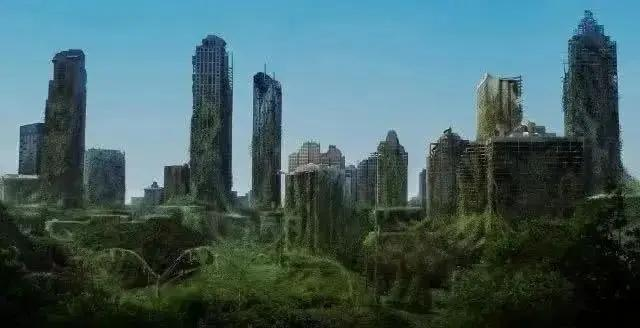
500 Years After Humans Disappear
Ancient Roman concrete could last 2,000 years, but modern concrete would crack after just 50 years, fall apart in chunks after 100 years, and return to nature after 500 years.
Modern concrete, designed to be lighter, contains a high amount of water, making its internal structure loose, prone to bubbles and cracks.
On the other hand, steel reinforcement greatly enhances concrete strength.
Although steel reinforcement does not rust easily in the short term in an alkaline environment, after hundreds of years, it would be riddled with rust, expanding to three times its original size, causing internal pressure to increase, ultimately leading to the concrete’s complete disintegration.
The Statue of Liberty would not escape this fate, and Michelangelo’s frescoes would be unrecognizable, or even disappear.
In just 500 years, the modern cities that humans once took pride in would be completely gone.
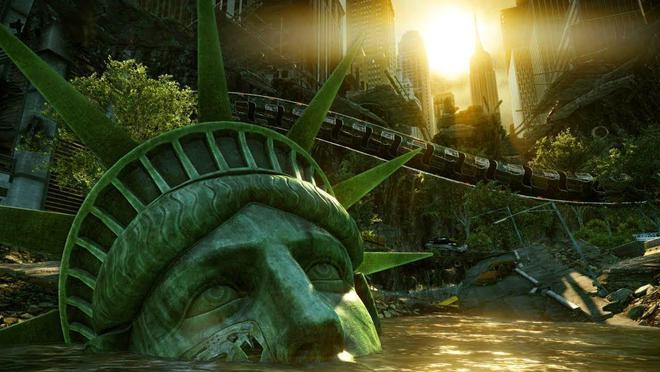
1 Thousand Years After Humans Disappear
Apart from large stone carvings, the surface would show no signs of human activity, replaced by primeval forests.
Most of the vast amounts of ocean garbage produced by humans would have degraded, even the most durable plastics turning into fine particles.
Lujiazui would once again become a shallow beach, and Haidian would revert to a shallow lake.
Human civilization, as if it had never existed.
10 Thousand Years After Humans Disappear
Only vegetation and sand would be visible, with all traces of human culture gone. However, rusted steel, cracked concrete, and various items buried underground would still prove our existence.
The Great Wall of China and the Pyramids of Egypt would be the last remnants of human-made structures.
100 Thousand Years After Humans Disappear
The stone carvings on Mount Rushmore would be blurred, and apart from some primitive civilization relics, all traces of human civilization would disappear.
The vast amounts of radio waves produced by modern civilization, which entered the vast universe 50,000 years ago, would continue to propagate forever. Could they prove to an extraterrestrial intelligent civilization that humans once existed?
Unfortunately, these waves would turn into noise after traveling just 2 light-years.
Their effective information preservation time is even less than that of a piece of paper.
The only proof of our existence would be fossils, special geological layers, various man-made radioactive substances, and a few items in interstellar flight.
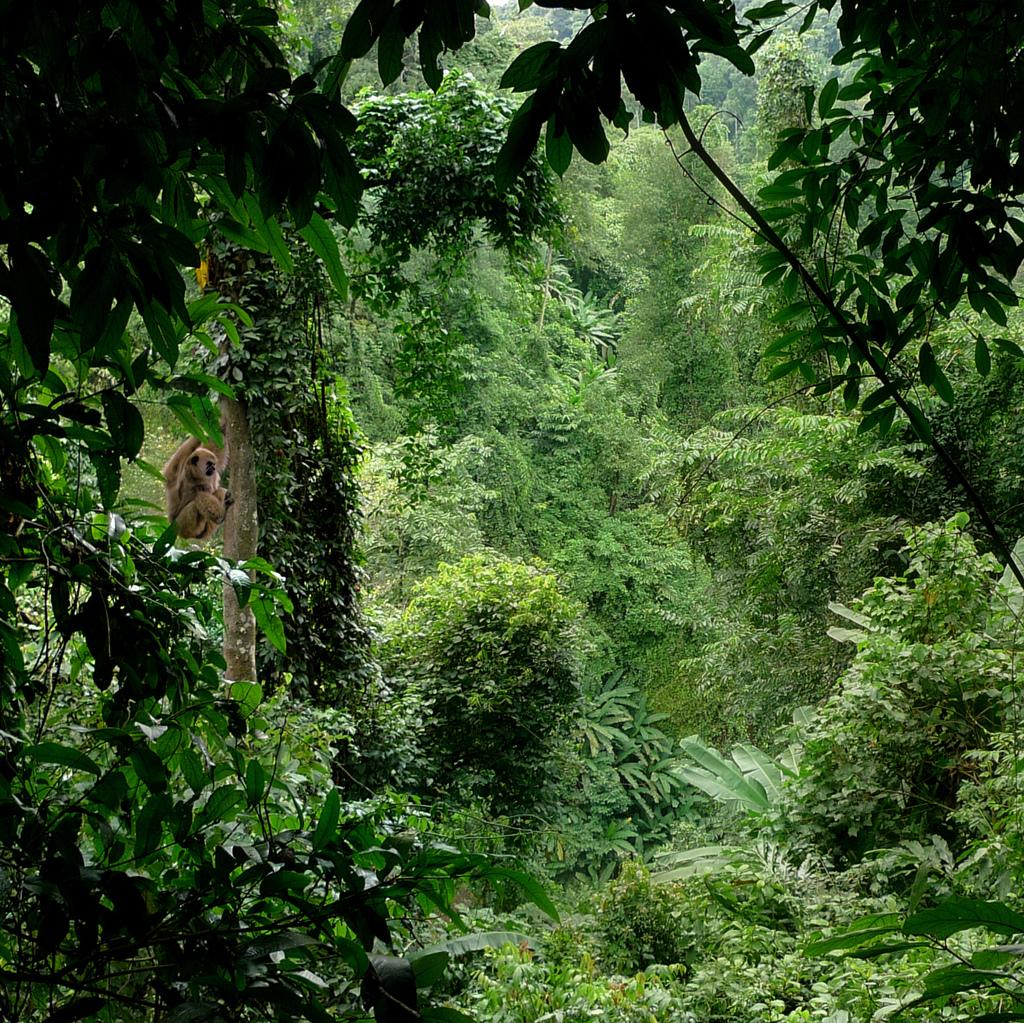
10 Million Years After Humans Disappear
Earth might give rise to a new species to replace us.
100 Million Years After Humans Disappear
New ice movements would reshape Earth, erasing the remnants of human civilization, with all geological layers from human activity buried deep underground.
7 Billion Years After Humans Disappear
With the death of the Sun, Earth would be engulfed by the red giant star, erasing all traces of human existence.
From then on, it would be as if humans had never existed.
10 Billion Years After Humans Disappear
The matter that once made up our bodies might be involved in a supernova explosion, eventually becoming part of a new star system and giving rise to new life and civilizations.






